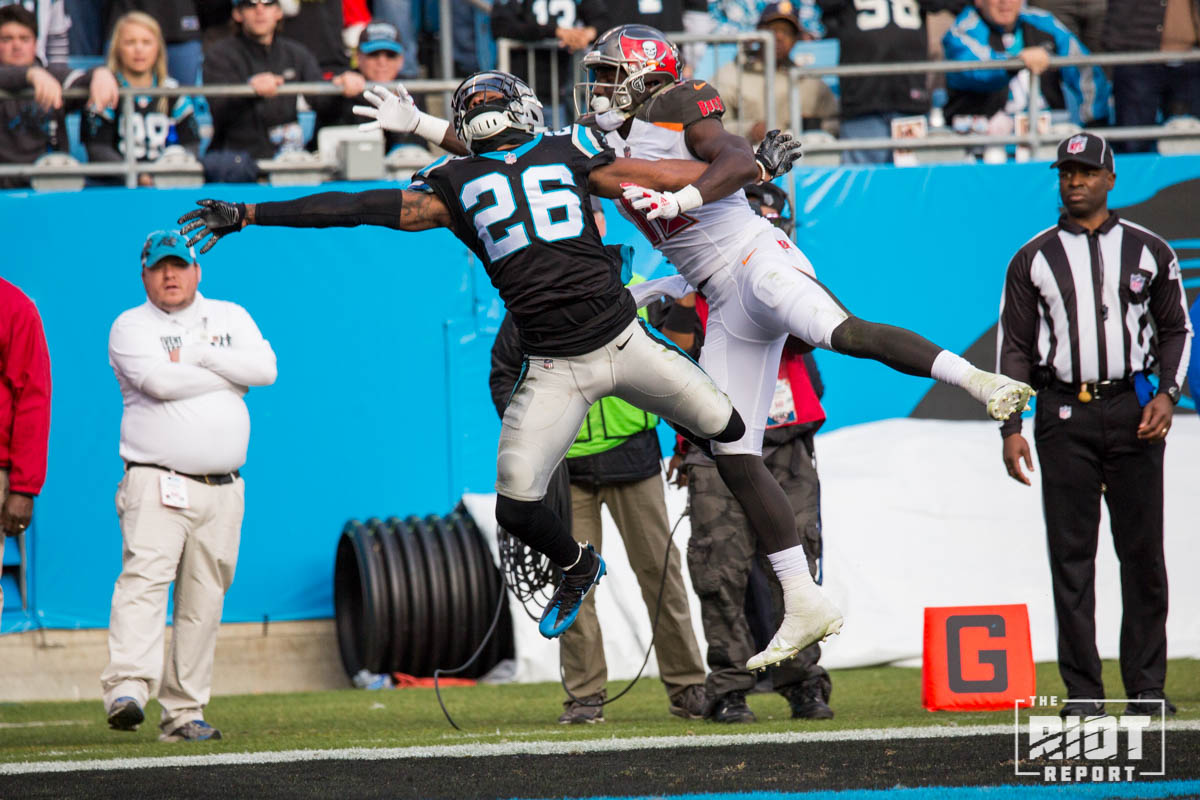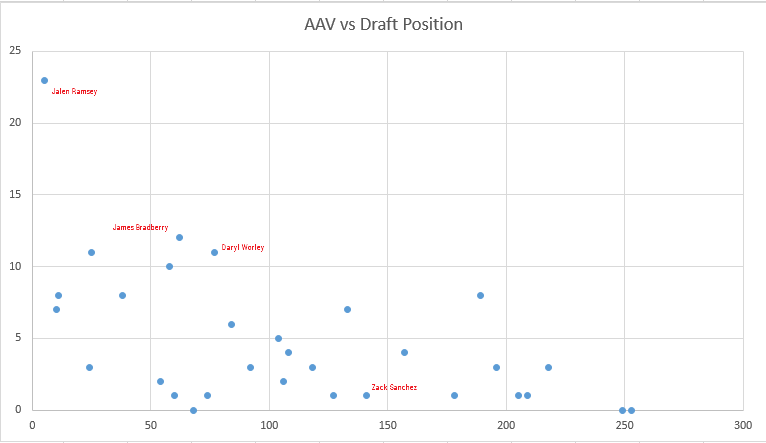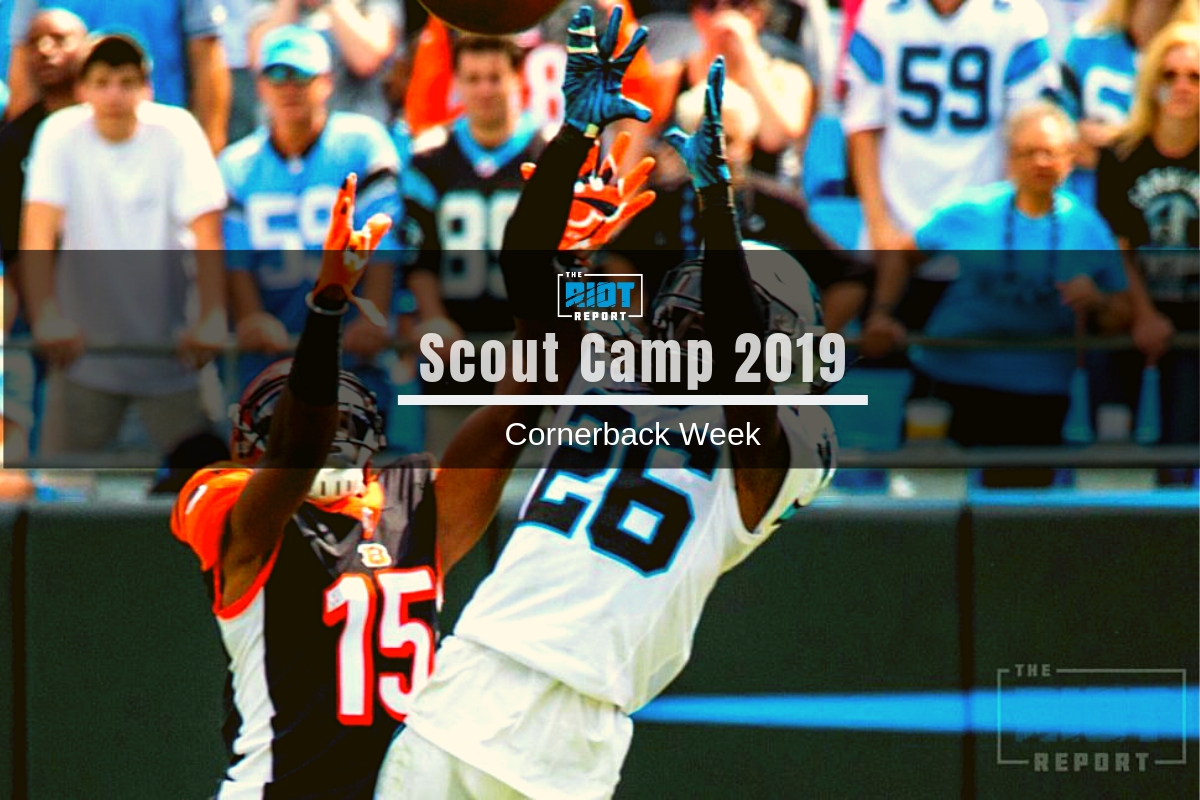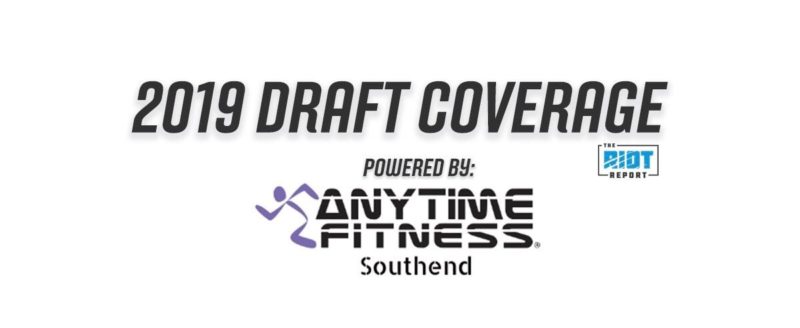When analyzing any NFL prospect, there is a significant amount of uncertainty; if it was possible to know for certain how a player would turn out, then it would be something of a facile exercise. However, what is also true is that when it comes to projecting prospects to the next level, some players and positions are more uncertain than others.
Generally speaking, the more aspects of the pro game that a prospect is asked to demonstrate as part of his college game, the less uncertain his projection becomes. It might not be possible to project exactly how effective out of the backfield a particular running back is going to be, but it is a lot easier to correctly project a running back who was thrown the ball regularly in college as opposed to one who was never used as a receiver. This is why teams look to interview quarterback prospects quite so much; the vast majority of them have never been asked to make reads or audibles in the way they will have to in the NFL.
Because of this, quarterback is one of the more uncertain position groupings; while the game of most defensive ends and running backs changes very little between college and the NFL – they can be projected with a greater degree of certainty.
However. No position is quite as uncertain, quite as different at the NFL level, quite as hard to project – as cornerback.

This really shouldn’t come as a surprise based on the previous statements and the state of many collegiate defenses. Take Alabama under Nick Saban; while they do occasionally play some zone coverage, historically they play an awful lot of man-press coverage on the outside. What this means is that when a team drafts a cornerback out of Alabama, they do so with very little idea of how they play in zone coverage. On the other side, many college defenses play off-zone the vast majority of the time, so any corner being drafted out of one of these teams will be completely inexperienced in man coverage and press.
In order to get around this, teams often look to work corners out extensively to try and grasp both how athletic they are and how teachable they are. The issue with both of these strategies is that it is almost impossible to accurately tie down a players’ athleticism or teachability; both are somewhat fuzzy concepts that are hard to quantify. Additionally, as teams are limited by the number of workouts they are allowed and the fact that there are other positions they need to look at, there is no way they can reach even this level of accuracy with every cornerback available; yes, they can see how a player “flips his hips”, but that doesn’t always translate to being a good corner.
All this results in a high level of unpredictability when it comes to drafting cornerbacks. The following graph shows this for the 2016 draft class through their first two seasons, with the y-axis showing approximate value (via PFR) and the x-axis shows draft position. While the first corner taken (Jalen Ramsey) has been the most valuable and there is something of a downwards trend as the draft goes on, there is a considerable degree of noise on this graph.

The Panthers drafted three corners in this class, and while Zack Sanchez has done almost nothing except in the AAF and Daryl Worley has hit some road blocks, both Bradberry and Worley have performed very well based on where they were taken. While this is good for Panthers’ fans, it is more likely that the Panthers have simply been lucky in this case, rather than having found some special key to drafting quality cornerbacks.
Up Next: What This Means For The Panthers And How They Draft




